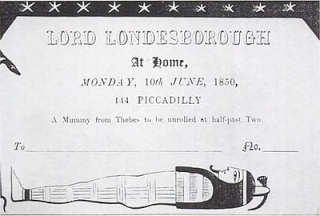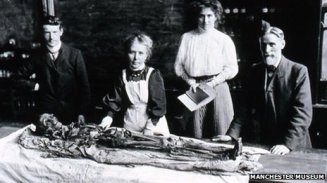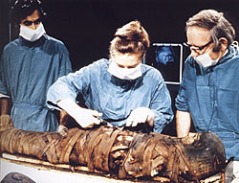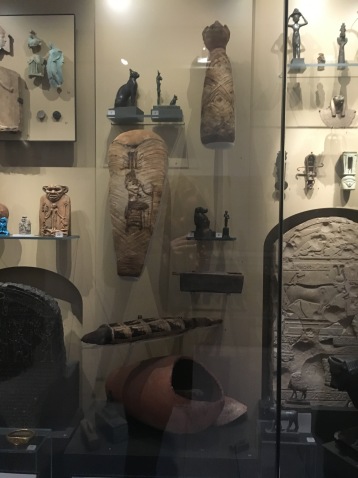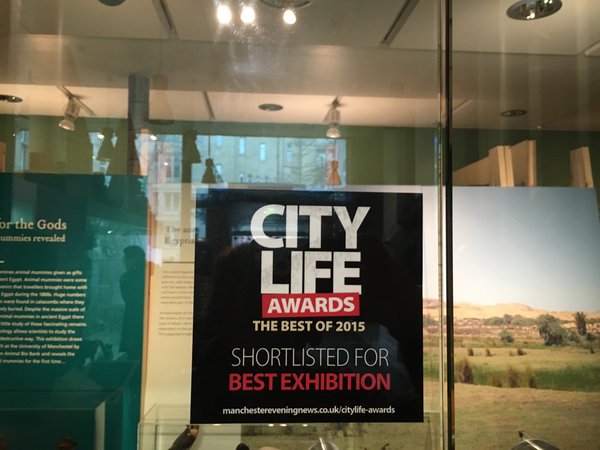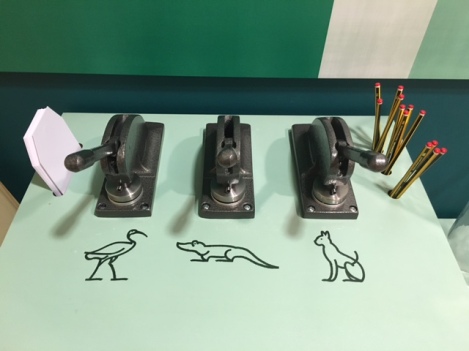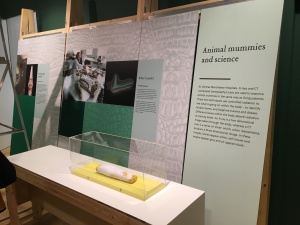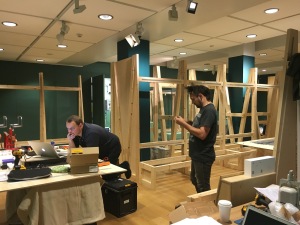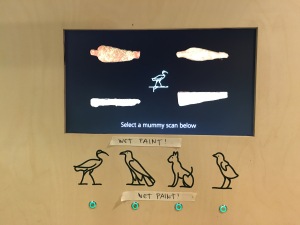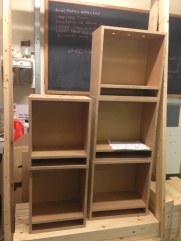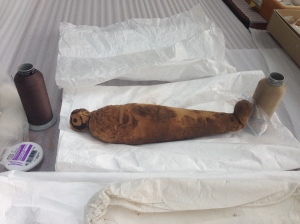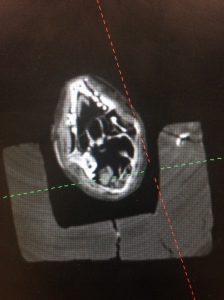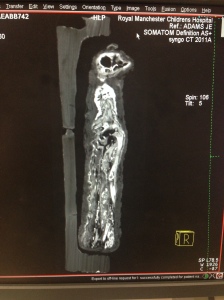We always knew that the six months during which Gifts for the Gods was open at Manchester Museum would be a very different time for us. Having a successful exhibition based on our current research open on campus, meant that we had many demands on our time – including public engagement events, learning programmes and community outreach initiatives. All of these events are vital in helping to publicise the research which underpins the exhibition, raise the profile of what we do and enthuse the public about the mummies themselves. Now the numbers have been counted, we know that 1011 school children have taken part in guided learning sessions and organised workshops around animal mummies (and many more school groups who used the exhibition space for self-guided learning activities). To date, an amazing 9655 visitors engaged with events linked to the themes of the exhibition.
It was lovely (and quite emotional!) to be the last ones to leave the exhibition space on Sunday 17th April. The last day gave us the opportunity to debrief the Manchester-leg with our designer, Andrew Gibbs, and to discuss what needed to be done in preparation for the move to the Kelvingrove. Twenty-four hours later, the exhibition space had been emptied of artefacts and the workshop were preparing to take down the panels, case, modules and interactives.
We had four weeks between the exhibition closing and the opening day in Glasgow which provided a window of opportunity for some targeted research to be conducted on some of our mummies. There were a number which had not been radiographed, for logistic reasons, prior to going on display, so we were able to plan imaging sessions for when the mummies came off display. In total, ten mummies from World Museum Liverpool were taken to the Royal Manchester Children’s Hopsital after hours for clinical radiography and CT scanning. A bronze statuette from Plymouth Museum, previously scanned using clinical imaging, was scanned using industrial CT tecnology at the Henry Moseley X-Ray Imaging Facility, University of Manchester, with the hope of determining the contents of the hollow ‘seat’ section, upon which the lioness-headed goddess Sekhmet, or Wadjet, can be seen. We are hoping that the industrial methods will allow greater visibility and increased interpretation of this fascinating object.
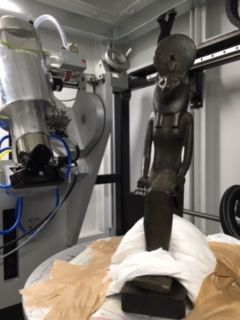 The statuette was fastened to the revolving scanning plate using conservation-grade tissue, held down with masking tape. This ensured that the statuette was perfectly safe during the slow rotation of the plate.
The statuette was fastened to the revolving scanning plate using conservation-grade tissue, held down with masking tape. This ensured that the statuette was perfectly safe during the slow rotation of the plate.
Last week we were very lucky to welcome the curator of ancient worlds from Birmingham Museum and Art Gallery, Adam Jaffer, along with his collection of ten animal mummies. Organising the logistics of the visit ran into difficulty when we couldn’t find a crate suitable to take their prized crocodile which measures in at 2.1m! With a crate finally sourced with the help of the courier company, the mummies were on the move north, and after a slight hiccup when the M6 was closed due to a traffic accident, we were able to start scanning, around an hour later than intended.
Aside from the ‘monster’ crocodile, the Birmingham collection also contains six mummies from the Sacred Animal Necropolis distributed after Emery’s excavations between 1969 and 1971. Due to the varied and diverse distribution of the mummified remains from the site to museums around the globe, this presents a unique group for studying the ancient practices at the site. When we combine the data for these mummies with others known from the distribution lists of the site which we have studied for the Bio Bank, we hope to be able to build a more complete view of how the mummies were being produced.
We are very much looking forward to seeing the exhibition in its new temporary home at the Kelvingrove Art Gallery and Museum where it will be open to the public from Saturday 14th May until Sunday 4th September. Early indications from our ‘man on the ground’, Manchester Museum curator Campbell Price, indicate that it is looking great so far!













